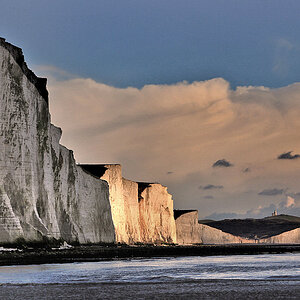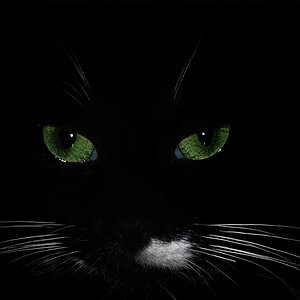Ferrarimx5
TPF Noob!
- Joined
- Dec 27, 2014
- Messages
- 38
- Reaction score
- 24
- Can others edit my Photos
- Photos OK to edit
BrentC, You said:
[/QUOTE] F-stop on crop or FF is the exact same. The DoF may be different at same f-stop but f2.8 on a crop lets in the same light as f2.8 on FF. And larger DoF does not mean image quality will suffer.[/QUOTE]
Did you not watch the video above titled: "Crop Factor, Why you multiply the aperture by the crop factor?"
Perhaps you do not agree with the math as stated in that YouTube video.
The phrase you used "Exactly the same" means it is equal to, it does not mean like or about, it means equal to in all ways possible, it means exactly. If what you are stating is true, then this is how we have gotten misdirected and derailed in our conversation.
We are attempting to define the term "Reach"
What is the reach?
Does a 200 zoom on a full frame camera represent being 4 times closer to a subject compared to using a 50mm lens? The reach could then be described as 4X..
This would not be the same math we would use for a cropped sensor. All parts of the equation have to be considered.
Watch the video above and see if what Tony Northrup is saying is true.
Tony has persuaded me with his scientific approach and his logical method of explanation. If you are right then we are misunderstanding each other because I am persuaded by the math as Tony has presented it
[/QUOTE] F-stop on crop or FF is the exact same. The DoF may be different at same f-stop but f2.8 on a crop lets in the same light as f2.8 on FF. And larger DoF does not mean image quality will suffer.[/QUOTE]
Did you not watch the video above titled: "Crop Factor, Why you multiply the aperture by the crop factor?"
Perhaps you do not agree with the math as stated in that YouTube video.
The phrase you used "Exactly the same" means it is equal to, it does not mean like or about, it means equal to in all ways possible, it means exactly. If what you are stating is true, then this is how we have gotten misdirected and derailed in our conversation.
We are attempting to define the term "Reach"
What is the reach?
Does a 200 zoom on a full frame camera represent being 4 times closer to a subject compared to using a 50mm lens? The reach could then be described as 4X..
This would not be the same math we would use for a cropped sensor. All parts of the equation have to be considered.
Watch the video above and see if what Tony Northrup is saying is true.
Tony has persuaded me with his scientific approach and his logical method of explanation. If you are right then we are misunderstanding each other because I am persuaded by the math as Tony has presented it
Last edited:


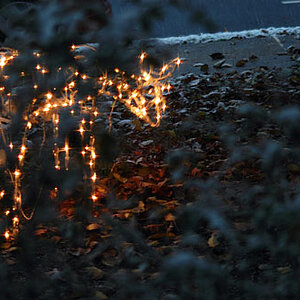
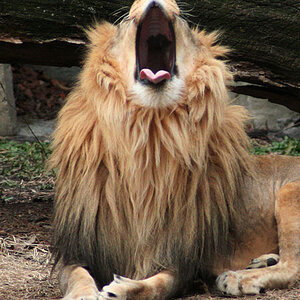
![[No title]](/data/xfmg/thumbnail/36/36668-ac1cd3882e96edd642d568c48ed3e7a5.jpg?1619737676)
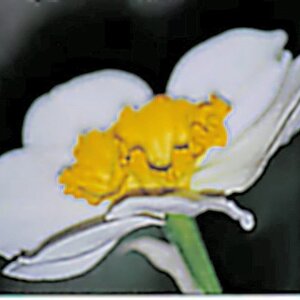
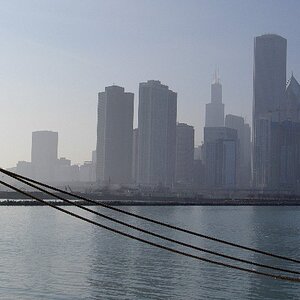
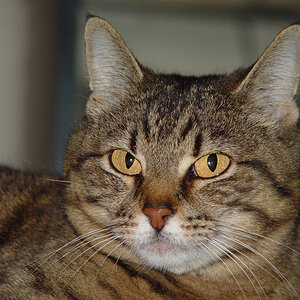
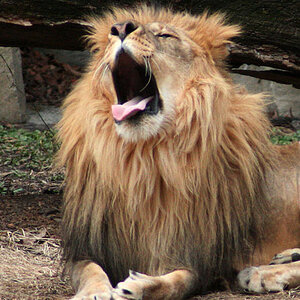
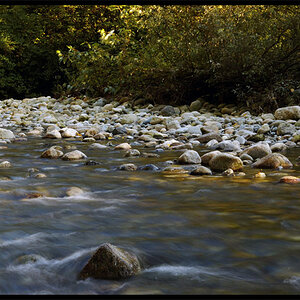
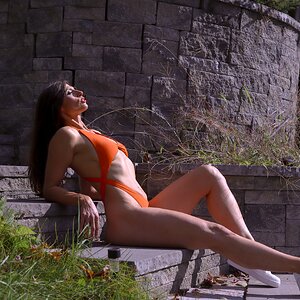
![[No title]](/data/xfmg/thumbnail/34/34063-09779b4ba56a0acb2b0fa36cf8720dfb.jpg?1619736260)
